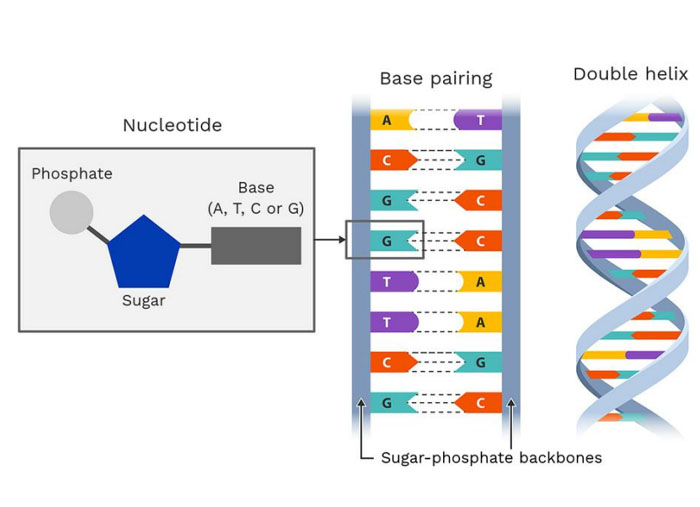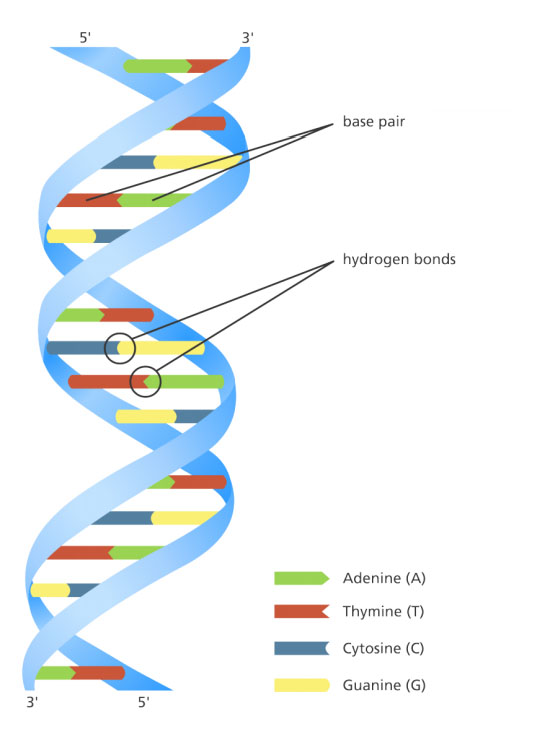- NEED HELP? CALL US NOW
- +919995411505
- [email protected]
STRUCTURE OF DNA

DNA is a polymer of deoxyribonucleotides (or simply deoxynucleotides).
It is composed of monomeric units namely deoxyadenylate (dAMP), deoxyguanylate (dGMP), deoxycytidylate (dCMP) and deoxythymidylate (dTMP) (It may be noted here that some authors prefer to use TMP for deoxythymidylate, since it is found only in DNA).
Schematic representation of polynucleotides
- The monomeric deoxynucleotides in DNA are held together by 3c,5cphosphodiester bridges.
- DNA (or RNA) structure is often represented in a short-hand form.
- The horizontal line indicates the carbon chain of sugar with base attached to C1c.
- Near the middle of the horizontal line is C3c phosphate linkage while at the other end of the line is C5c phosphate linkage.

Chargaff’s rule of DNA composition
- Erwin Chargaff in late 1940s quantitatively analysed the DNA hydrolysates from different species.
- He observed that in all the species he studied, DNA had equal numbers of adenine and thymine residues (A = T) and equal numbers of guanine and cytosine residues (G = C).
- This is known as Chargaff’s rule of molar equivalence between the purines and pyrimidines in DNA structure.
- The significance of Chargaff’s rule was not immediately realised. The double helical structure of DNA derives its strength from Chargaff’s rule
- Single-stranded DNA, and RNAs which are usually single-stranded, do not obey Chargaff’s rule.
- However, double-stranded RNA which is the genetic material in certain viruses satisfies Chargaff’s rule
DNA DOUBLE HELIX
The double helical structure of DNA was proposed by James Watson and Francis Crick in 1953 (Nobel Prize, 1962).

|
Related posts
April 10, 2025
April 9, 2025
April 4, 2025




